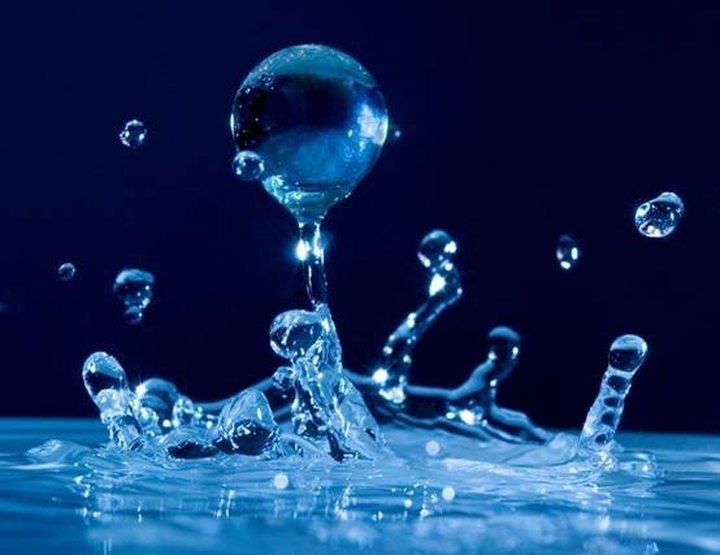New water cuts in Mauritius are inevitable

The Central Water Authority says the situation is alarming as the country’s biggest reservoir, Mare aux Vacoas, is at only 40% of capacity.
The picture is more positive in the other reservoirs, but the main problem facing the CWA is the loss of this precious resource through wastage and leakages.
According to the utility, 50% of the water collected in reservoirs is lost due mainly to the dire state of the water supply network, which dates back 100 years in some places. And it will cost a staggering Rs12 billion to replace it.
Meghduth Chumroo, the CWA chairman, has stated that a high level meeting will be held at the end of this month with the Deputy Prime Minister and Energy Minister, Dr Rashid Beebeejaun, to find a solution to the problem of water shortage.
The areas covered by Mare aux Vacoas, including Upper Plaine Wilhems region, will be the most affected by water cuts. The other regions of the country will continue to get their normal supply.
“The CWA however appeals to everyone to make a judicious use of water,” says an official source. According to official figures, the CWA has an average daily production of 580,000 m3 of water.
However, not all the water is available for consumption by subscribers. There is a percentage which is lost and is which is known as non-revenue water.
Non-revenue water since 2000 has been around 50%. Sources at the CWA say that nonrevenue water is due to physical and commercial losses.
Commercial losses account for only a small percentage of non-revenue water and is made up of illegal connections, free water use by fire services and flushing of pipelines and cleaning of reservoirs.
The bulk of nonrevenue water is caused by physical loss. The water supply network is in a deplorable state.
“Around 1,500km of the network is made up of asbestos cement, cast iron and steel pipes and it is in a deplorable state. It has outlived its economic and technical lifespan,” say sources at the CWA.
By Nilen Kattany